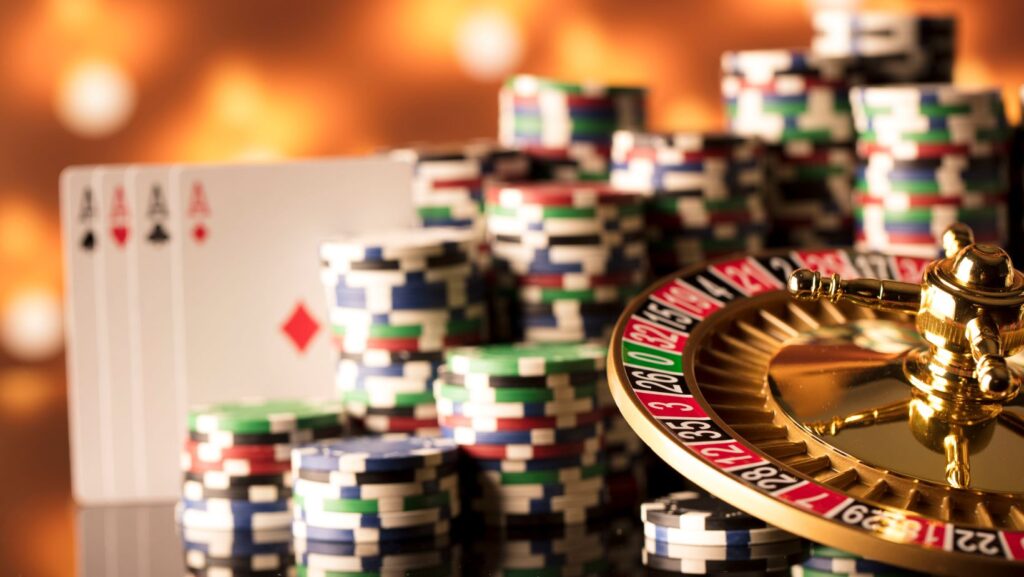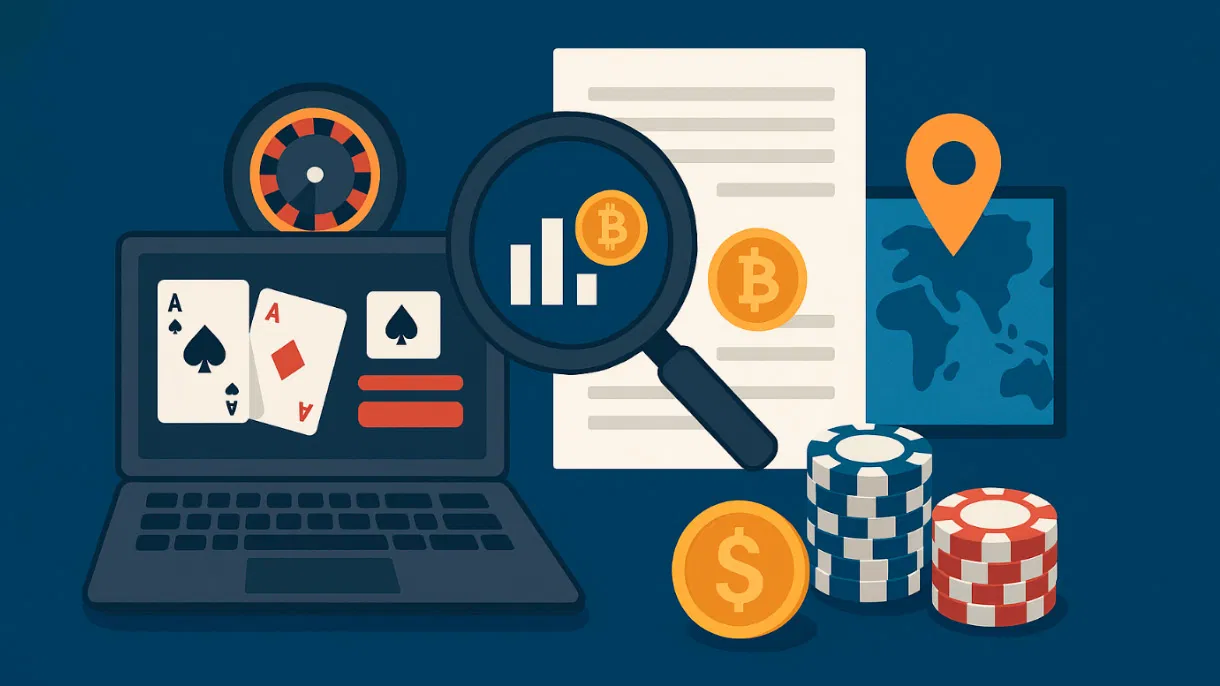How long does it take you to open another casino after a bad loss? Five minutes? Two minutes? Are you already scrolling through your phone, finger hovering over that deposit button, telling yourself this next session will be different?
Here’s what I know about that feeling: it’s not about the money you lost. It’s about the story your brain is telling you about what just happened. And that story is almost always wrong.
After years of turning small losses into large disasters, I developed a routine that interrupts the chase before it starts.
Effective loss management works better with platforms that don’t pressure you into immediate action. Lucky Hunter Online Casino features over 2,000 titles with clear deposit limits and a 10-level VIP program that rewards measured play rather than impulsive chasing. Their German licensing and comprehensive payment options, including crypto, help you maintain control during emotional moments.
The Chasing Problem Nobody Talks About
Everyone focuses on the mechanics of chasing — betting bigger, switching games, and depositing more money. But the real issue happens in your head during those first few minutes after a loss.
Your brain needs to make sense of what happened. Random variance doesn’t feel like an acceptable explanation, so it creates narratives: “The game is rigged.” “I was due for that win.” “I just need to get back to even.”
These stories feel logical in the moment. They’re designed to motivate action — specifically, more gambling. Your brain thinks it’s solving a problem, but it’s just creating a bigger one.
The Five-Step Disconnect
When I lose more than $100 in a session, I follow the same five steps every time. No exceptions, no shortcuts, no “just this once” modifications.
Step 1: Physical separation — Phone goes in a different room. Not on silent, not face-down, gone. I need to create actual friction between the urge and the ability to act on it.
Step 2: Temperature change — Cold shower, hot coffee, stepping outside. Sounds weird, but changing your physical state interrupts the mental loop that keeps replaying the loss.
Step 3: Write it out — Three sentences on paper: what I lost, how I feel, what I want to do about it. Usually looks like: “Lost $150 on slots. Feel stupid and unlucky. Want to bet $300 to get it back fast.”
Step 4: Movement — Walk, gym, cleaning, doesn’t matter. Just something that requires focus and gets me out of my head for 30-45 minutes.
Step 5: Alternative reward — Order good food, watch something funny, text friends. Replace the dopamine I was chasing with something guaranteed.
Why This Works When Willpower Doesn’t
The routine removes decision-making from the equation. When you’re emotionally charged after a loss, every choice feels monumental. “Should I chase? Should I wait? Should I try a different game?”
Having predetermined actions eliminates those choices. I don’t decide whether to put my phone away — I just do it because that’s step one. I don’t evaluate whether I feel ready to stop — the routine handles that.
It’s like having a fire drill. When emotions are running high, you follow the procedure you practiced when emotions were neutral.
The Two-Hour Rule
Most chasing happens within two hours of a loss. That’s when the emotional charge is strongest and rationalization feels most convincing.
My rule: no gambling-related decisions for two hours minimum after any loss over $100. No deposits, no account logins, no “checking balances,” no browsing casino sites.
During those two hours, I’m not trying to feel better about the loss or analyze what went wrong. I’m just waiting for my brain chemistry to return to baseline.
Part of preventing chasing involves understanding which games trigger the strongest emotional responses. Educational content at aviatoronlinebet.com explores how certain game mechanics are specifically designed to create the urgency that leads to loss-chasing behavior.
Handling the Urge Spikes
Even with a solid routine, you’ll still get hit with sudden urges to break the break. Usually happens around hour three when the initial shock wears off but the sting remains.
Your brain will offer perfectly reasonable explanations: “I’m calm now.” “I learned something important.” “Just a quick session to test my new insight.”
I’ve learned to treat these thoughts like weather — they’re information about my current mental state, not instructions for action. The urge to chase will pass, whether I act on it or not. But the money I lose chasing won’t come back.
Building Your Own Version
Your routine doesn’t need to match mine exactly, but it needs three elements:
Immediate physical separation from the ability to gamble
Predetermined activities that don’t require emotional decision-making
A minimum time commitment that outlasts the initial emotional spike
The key is deciding on these steps when you’re calm and rational, not when you’re staring at a loss and looking for a quick fix.
The Long Game
Chasing losses is about trying to control randomness through force of will. The routine is about accepting that some days the variance goes against you, and that’s just part of gambling. The casino will always be there tomorrow. Your money might not be.



More Stories
What Makes Discovery So Rewarding
Casinobello: A Modern Gaming Hub for Live Casino Deutschland Players
How I Speed Up Bonus Wagering for Faster Cash-Outs (My 2025 Playbook)